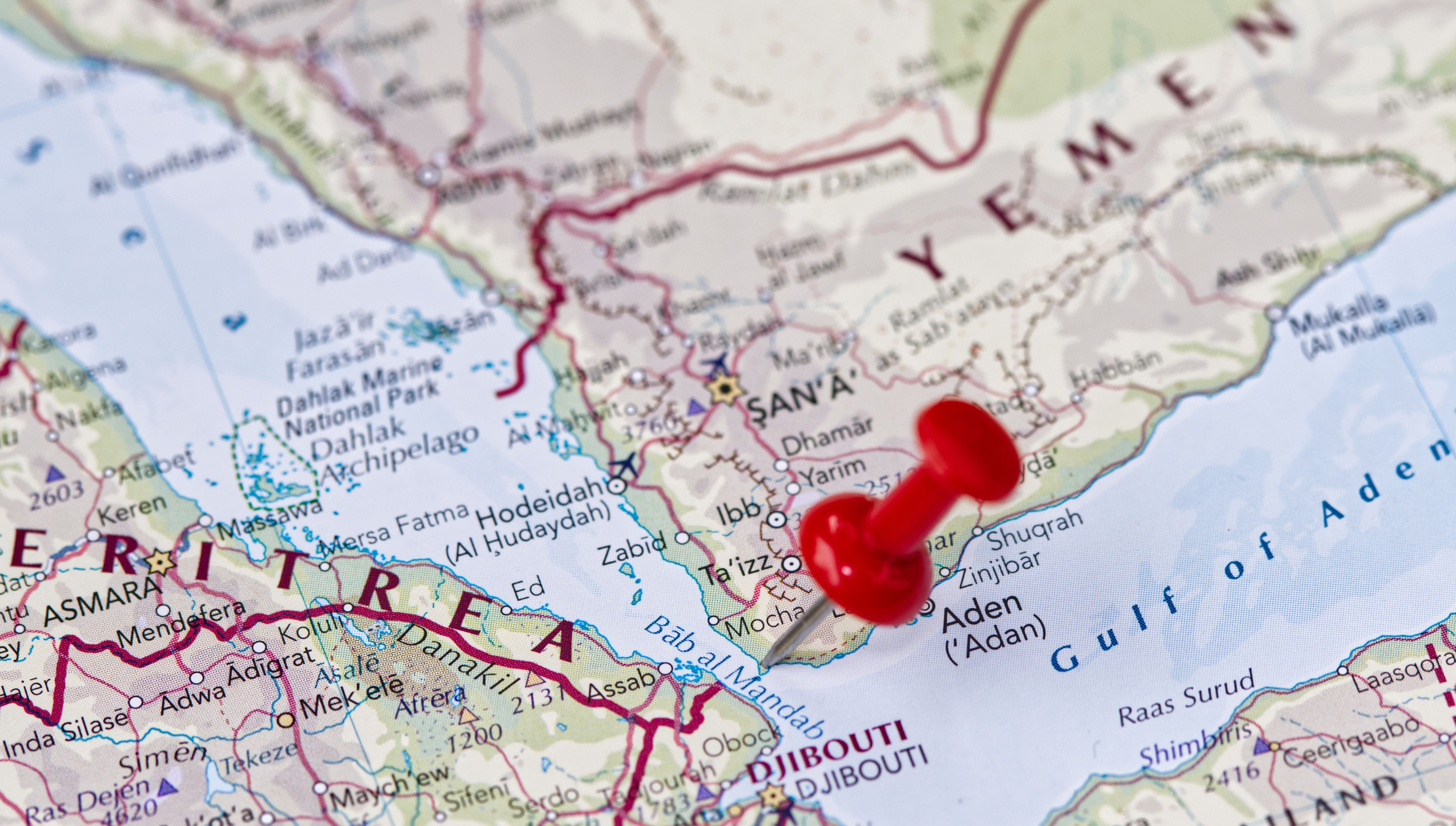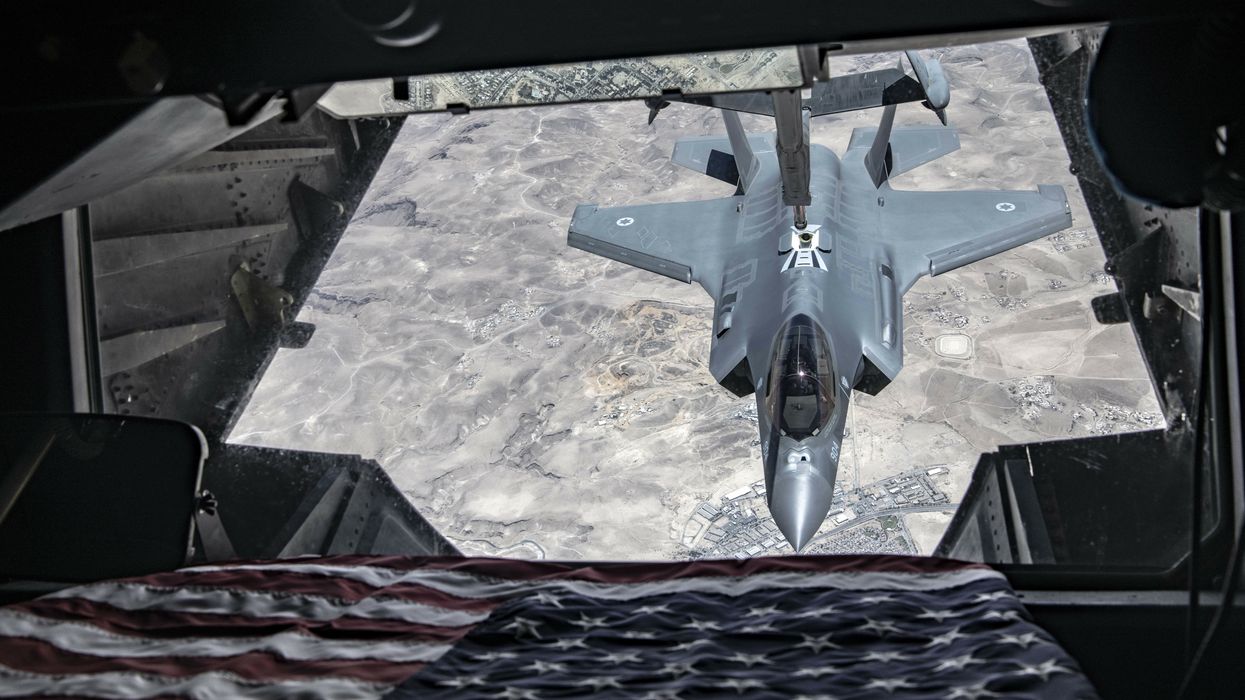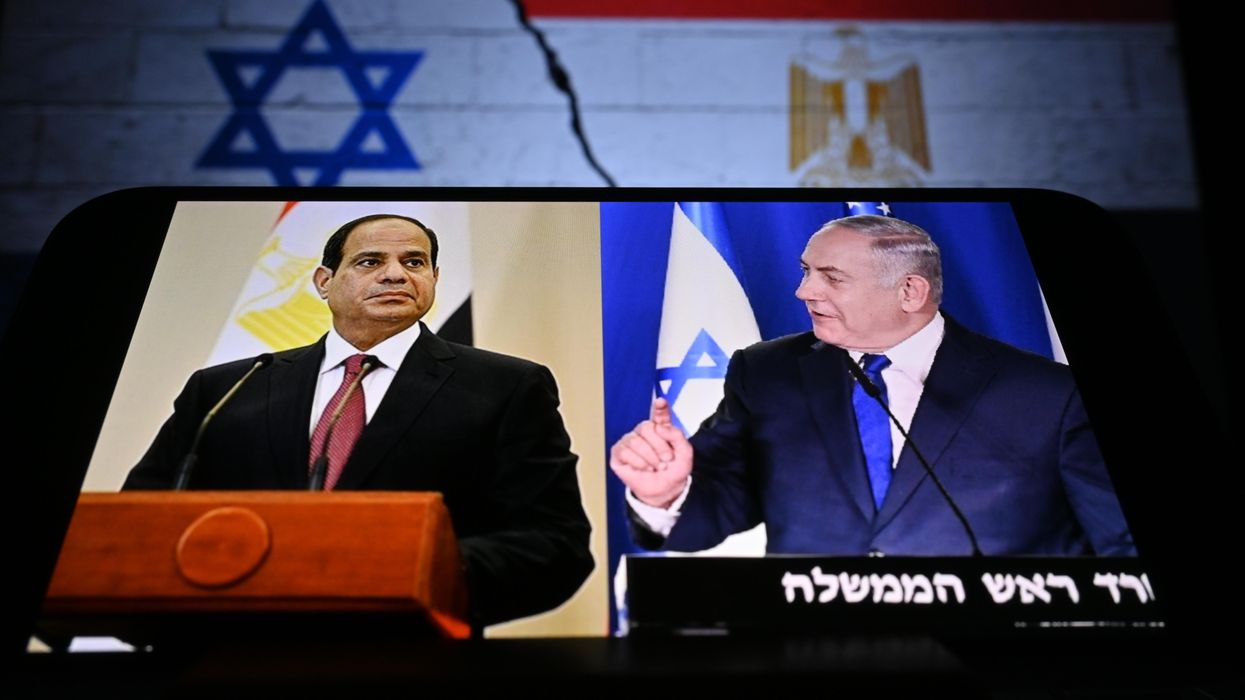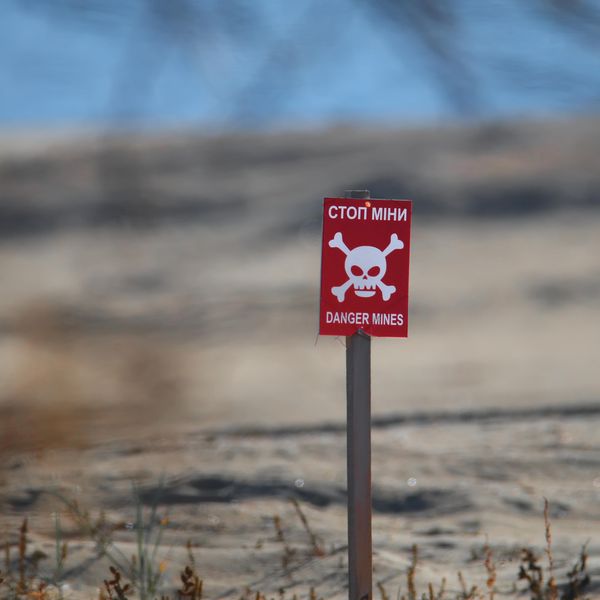Following Houthi missile attacks aimed at Israel and third-country-flagged vessels in the Red Sea, the Biden administration is reportedly considering targeting northern Yemen while creating a new international maritime alliance to try to ensure secure transit.
As a result of the Houthi attacks, international merchant shipping is being rerouted with inflationary consequences for vital global supplies. Washington is weighing whether military strikes would either deter or incite further Houthi action and risk undermining desirable attempts by Saudi Arabia at ending its conflict with the Houthis following Yemen’s stalled but unresolved civil war.
The Houthis’ Red Sea military intervention is attempting to combine ideologically-driven anger at Israel’s military campaign in Gaza with leverage for funding the long-unpaid salaries of northern Yemenis under Houthi control. However, oil revenue, in part limited due to Houthi missile attacks on southern Yemeni oil and related facilities, is managed by the internationally recognized Yemen government based in Aden in southern Yemen. For the so-called “Legitimacy Government,” or LG, to give the Houthi money to pay northern “civil servants” — who include armed fighters — U.S. pressure and Saudi and Emirati backing are needed. But this is highly unlikely.
In southern Yemen, the Southern Transitional Council (STC), founded in 2017 with the backing of the UAE, is preparing to lead the formation of a new state by secession from what it considers a failed, and northern-dominated, Republic of Yemen, or RoY. The STC hopes to exploit what they see as the Houthis shooting themselves in the foot by destabilizing the Red Sea area. After all, the Houthis have, despite a 20-month formal ceasefire, been waging an economically motivated war against the south designed to deprive the LG of revenues and boost the appeal of the Red Sea port of Hodeidah.
For the STC to reemphasize southern ports and oil facilities as an alternative to Houthi-controlled Hodeidah, it needs to somehow secure the whole southern Yemeni coast and to incentivize more inbound shipping.
The Houthis’ relationship to Iran makes it easy for the STC to label it a Tehran proxy. Despite membership in Iran’s “Axis of Resistance,” and Iran’s aid in extending their missile technology’s literal reach, the Houthis have their own motivations. The STC is seizing on the Houthi threat to Red Sea security to underline the prospective role of its own “shadow state” in boosting international maritime stability. In this context, this southern state-in-waiting is willing to uphold western security interests and is thus presenting itself as a proactive partner in securing the Red Sea’s Bab Al-Mandab strait and the Gulf of Aden against Houthi attacks.
The STC argues that the proven Houthi threat to Red Sea security is a cynical exploitation of popular Yemeni anger over Israel’s actions against Gaza. A recent STC press conference, headed by the self-styled president of the south, Maj-Gen Aidaroos Zubaidi, called on those seeking to secure the area to beef up the STC’s “naval forces.”The STC, however, does not actually have its own navy or any regular armed forces. In fact, it is debatable if it has any armed units that can be properly described as under Zubaidi’s command.
Southern Yemen exists in an almost parallel universe. Zubaidi enjoys recognition, as does the STC he leads, by virtue of his position as vice-president of the Saudi-backed eight-man Presidential Leadership Council, or PLC, heading the version of the RoY that sits in Aden. The PLC includes Zubaidi’s STC deputy, the former governor of the huge southern governorate of Hadramawt, Maj-Gen. Faraj Bahsani. Yet another military figure in a leading STC political role, Bahsani previously headed the RoY’s 2nd Military Division.
But neither Zubaidi nor Bahsani can offer an armed underpinning to the STC’s claims to be an all-inclusive movement for southern independence.
These men, like other LG members, enjoy their international recognition via the LG, a Yemeni government that is neither a state nor one in waiting. While the LG enjoys the loose loyalty of some RoY military remnants in the south and in some parts of the north, its armed capacity is uncoordinated and riven by unreliable tribal components. And the LG itself lacks popular political support.
By contrast, the STC, based on much anecdotal evidence, enjoys some popular support in Aden and in the other southwestern governorates: Abyan, Lahej and Dhale, and in coastal Hadramawt. In the Wadi area of Hadramawt, however, local saadah (descendants of the Prophet Mohammed) and tribal leaders are more circumspect.
What the STC lacks, even in its Aden base where leading STC figure Ahmed Lamlas is governor, is direct control of armed forces. The Emirati-trained and -backed “police,” the Hizam Al Amni (“Security Belt”) operating in Aden, are formally speaking STC-aligned but are not in practice directly controlled by Gen. Aidaroos, the nominal supreme commander of “the Southern Armed Forces.”
The Amaliqa (“Giants Brigade”), another Emirati-formed force which in 2022 played a decisive role in pushing Houthi fighters out of the energy-rich southern governorate of Shabwa, are only loosely connected to the STC. A rival, Emirati-founded army, the Nokba (“Elite Forces”), was in operation in Shabwa but was displaced by “Shabwa Defense,” which is associated more closely with Saudi Arabia.
In Aden, the STC is busy creating parallel bodies to those of the governorate. It does not see this as unnecessary duplication but rather as trying to fill the vacuum in services provision in a formal governorate structure that it ostensibly runs. The STC is intent on a similar “shadow state” project in Mahra (the governorate that borders Saudi Arabia to its north and Oman to its east).
However, the STC is doing this in far less auspicious circumstances than in Aden. In Mahra, “northern” political and security influence, including that of Al-Islah (Yemen’s Muslim Brotherhood) is profound, due in part to demographic realities created by the large numbers of people who have fled Houthi advances and security services that are seen by critics as RoY loyalists.
The Mahran version of Amn Al-Watan (“National Security”) struggles to communicate with its notional “National Security” partner in neighboring Hadramawt. Oil and other essentials carried by road from southwest to southeast Yemen are not protected for their safe arrival in Mahra by any coordination with supposed parallel security bodies in other southern governorates.
To be a plausible partner state of the U.S. and the other western powers who are now moving to protect Israel and Red Sea shipping from the Houthis, the south needs a single unified form of control of the different military and security services that, at best, operate on a governorate basis only.
But the south’s main external sources of support, the Emiratis and the Saudis (the latter having formed separate ”National Shield” forces in Aden and Hadramawt), are not interested in promoting an integrated southern security body. One reason is that these two Gulf states have competing interests in different parts of southern Yemen, and a common unwillingness to push for a sovereign southern state
Southern Yemen under the STC’s would-be leadership is seeking to burnish its western-friendly security and political credentials. However, southern Yemen remains a would-be nation made up of different countries only partly united in opposition to perceptibly northern rulers. For the time being, it looks as if the role of any southern Yemeni state in Arabian Peninsula security will remain rhetorical.
- Houthis are playing with fire. But who gets burned? ›
- Houthi missile launches at Israel risk reigniting war in Yemen ›
- The cost of US fighting Houthis in the Red Sea just went up ›
- US strikes on Yemen won't solve anything | Responsible Statecraft ›
- The enduring problem with proxies | Responsible Statecraft ›
















